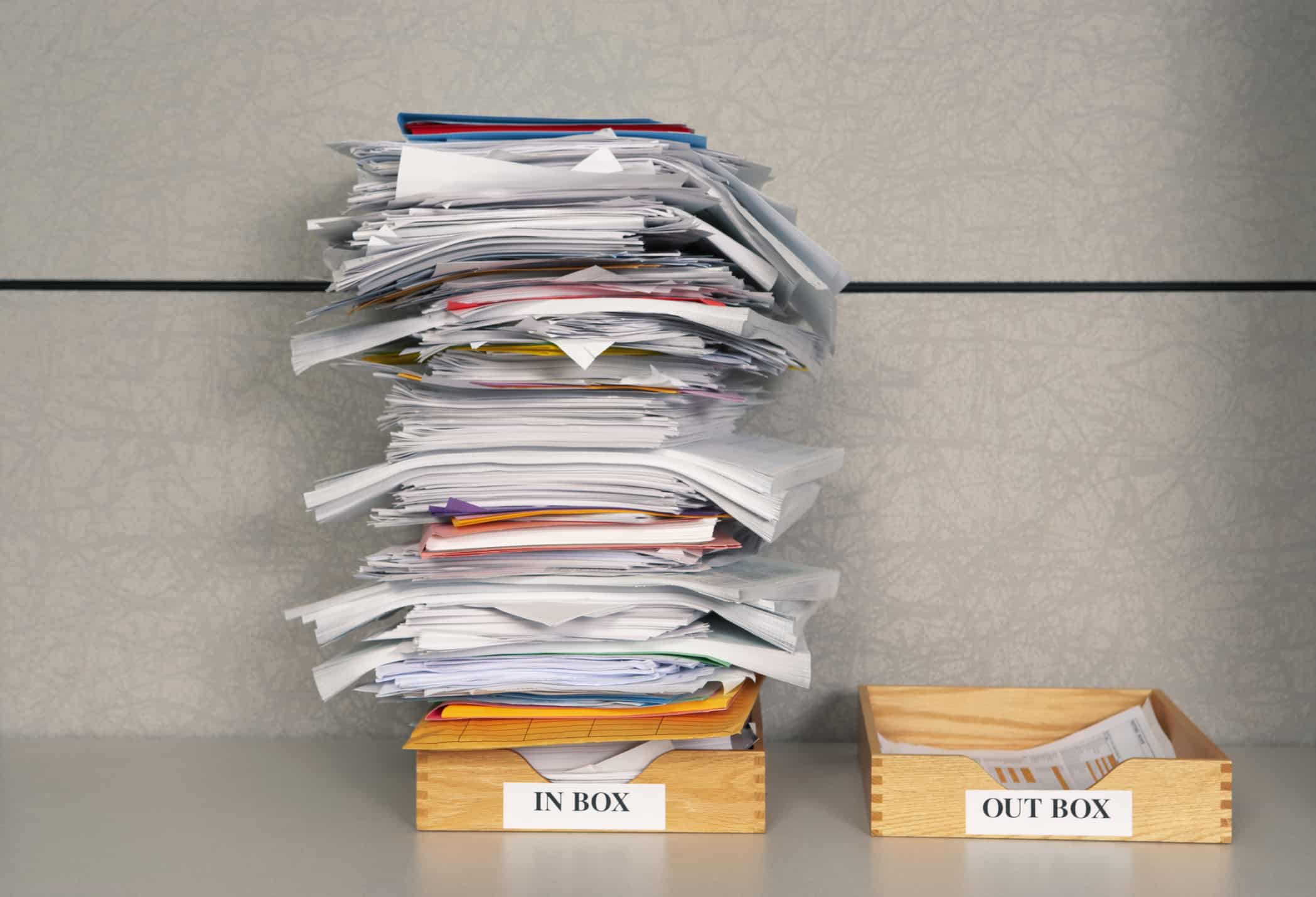Around the first week of April, kitchen tables nationwide are taken out of commission by piles of tax records. The clutter is more than a mealtime inconvenience — it could be costing you some big bucks come tax time.
It is more than reasonable to assume that the average tax payer in this country overpays the government hundreds of dollars every year by overlooking deductions and missing chances to itemize.
Stop letting the dollars slip through your fingers. Here’s a streamlined, simple, easy-setup, quick-bake system to once and for all get it done and get organized for the most wonderful time of the year. Tax season.
The simple three-folder tax filing system
Kick the “pile it and file it later” approach: It doesn’t work. Trust us. The following three-folder system — a basic organizational method — is just as easy to manage year-round. Depending on the complexity of your taxes, you can add folders to best suit your needs.
Folder No. 1: Income
What goes here: Every penny you earn that is reported to the Canadian Revenue Agency (salary, dividends, earnings, distributions, even that paltry $3.42 in checking account interest) comes with a paper trail. To keep it all straight, write all income sources (and amounts earned) on a single sheet in your “Income” folder as they occur. (Yeah, it’s easier to do as the year progresses, so vow to start doing it for the rest of the year.)
Folder No. 2: Expenses and deductions
What goes here: The amount of deduction detritus can quickly dwarf the Manhattan phone book. Take lots of deductions? Create separate files for the major categories (e.g., charity, medical, business) where canceled cheques, utility bills, statements, and receipts go. If that’s more than you need, establish a single catchall envelope for records related to the current tax year. Here you’ll keep investment-related expenses, child-care costs, and non-reimbursable/employment-related gas, food, and lodging receipts.
Folder No. 3: Investments
What goes here: If only the year-end statement were a sufficient record of annual account activity! Alas, it’s not always. That’s why we get monthly/quarterly/annual statements, purchase receipts, sale confirmations, year-end overviews, dividend notices. To add to the confusion, the CRA isn’t even interested in certain records until you dispose of the investment (which could be decades for some investors).
The easiest way to segregate investing paperwork is by how it’s taxed. Create separate folders for:
- Deductible/tax-deferred investments — records that prove your annual contributions to qualified retirement plans, ie. RRSP contributions.
- Taxable investments — statements (or confirmation slips) that prove the cost basis of your investment (reinvested dividends, capital gains, capital losses, mergers). Note for long-term buy-and-holders: Create separate folders for each stock. Your tax pro (if you use one) will cry tears of joy — reflected in a lower tax-prep bill.

